Home>Ideas and Tips>Whispers Of The Wild Backyard Wildlife Habitats
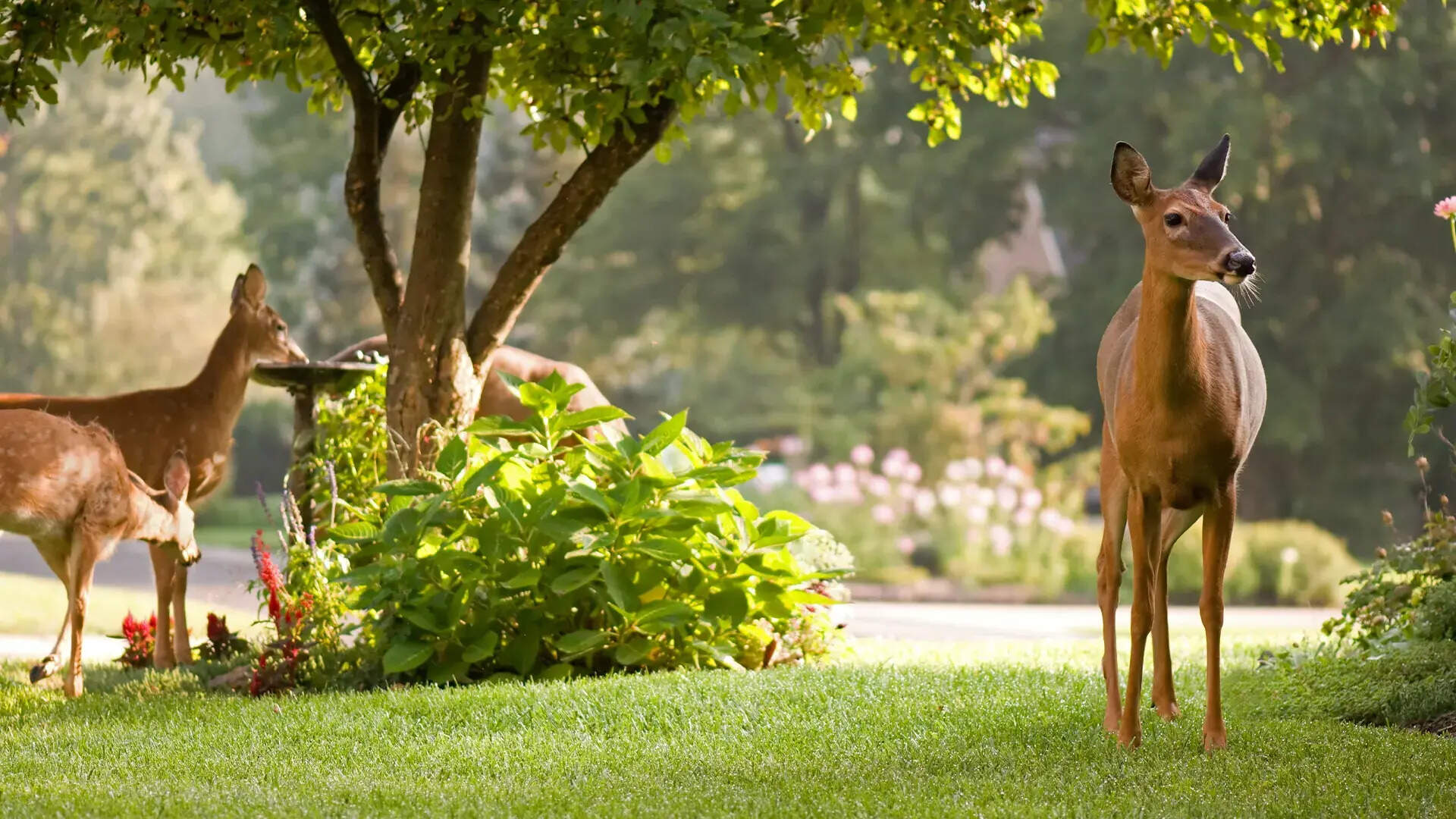

Ideas and Tips
Whispers Of The Wild Backyard Wildlife Habitats
Modified: November 2, 2024
Transform your backyard into a wildlife haven with our guide on creating and maintaining habitats that attract diverse fauna.
(Many of the links in this article redirect to a specific reviewed product. Your purchase of these products through affiliate links helps to generate commission for Storables.com, at no extra cost. Learn more)
Creating a backyard wildlife habitat is a journey that not only enhances the beauty of your outdoor space but also contributes to the well-being of local fauna. In an era where urbanization and habitat loss are increasingly displacing wildlife, turning your backyard into a haven for nature can be a powerful act of conservation. This article will guide you through the process of planning and maintaining a thriving backyard wildlife habitat, highlighting the essential elements and practical tips to attract a diverse array of wildlife.
The Importance of Backyard Wildlife Habitats
Backyard wildlife habitats are crucial for several reasons. Firstly, they provide a refuge for animals that are struggling to find suitable habitats in their natural environments. Urbanization and residential development have led to widespread habitat loss, forcing many species to seek shelter in urban areas. By creating a wildlife-friendly habitat in your backyard, you are contributing to the preservation of biodiversity.
Secondly, these habitats offer numerous benefits for both humans and wildlife. For instance, birds and bees are essential pollinators, while butterflies and other insects play a vital role in maintaining ecosystem balance. Even small creatures like frogs and toads contribute to pest control by feeding on insects that might otherwise harm your garden.
Lastly, creating a backyard wildlife habitat can be a rewarding experience for homeowners. It encourages outdoor activities like gardening, birdwatching, and nature observation, fostering a deeper connection with nature and promoting environmental awareness.
Read more: Building A Backyard Pond To Attract Wildlife
Planning Your Backyard Wildlife Habitat
Before you begin transforming your backyard into a wildlife haven, it's essential to plan carefully. Here are some steps to help you get started:
1. Assess Your Yard
The first step in planning your backyard wildlife habitat is to assess what you already have. Take stock of the plants, trees, and other features in your yard. Identify areas that could be improved to make them more wildlife-friendly.
2. Research Native Species
Native plants are crucial for attracting local wildlife because they provide food and shelter that are adapted to the local climate and soil conditions. Research native trees, shrubs, flowers, and grasses that thrive in your region. Some examples include native wildflowers like black-eyed Susans or coneflowers, shrubs like winterberry or viburnums, and trees like American beech or balsam fir.
3. Create a Layered Habitat
A layered habitat with multiple layers of vegetation is essential for providing food and shelter for various species. This can include:
- Ground Cover: Native grasses or low-growing plants like creeping thyme can serve as ground cover.
- Shrubs: Plant clusters of shrubs like winterberry or viburnums.
- Small Trees: Incorporate small trees such as chokecherry or American holly.
- Tall Trees: Include tall trees like American beech or balsam fir.
Evergreens are particularly important in colder regions as they provide shelter from winter weather.
4. Provide Water Sources
Water is essential for any wildlife habitat. You can provide water sources such as:
- Birdbaths: A simple birdbath like a saucer or shallow basin can attract birds and other small animals.
- Ponds: If space permits, consider installing a small pond for fish, frogs, and other aquatic wildlife.
- Misting Fountains: These can entice hummingbirds by providing them with a place to bathe.
5. Offer Food Sources
While plants provide food indirectly through nectar and pollen, you can also offer direct food sources like:
- Bird Feeders: Hang bird feeders filled with seeds or suet to attract birds.
- Pollinator Plantings: Plant a variety of flowers that bloom at different times to provide constant nectar for pollinators like bees and butterflies.
- Native Fruits and Nuts: Plant trees that produce fruits or nuts like apple trees or oak trees.
Essential Elements of a Backyard Wildlife Habitat
Once you've planned your habitat, it's time to implement the essential elements:
1. Native Plants
Native plants are the backbone of any wildlife-friendly garden. They offer food in the form of nectar, pollen, seeds, fruits, and nuts; provide shelter from predators; and are better suited to local climate conditions.
Some examples include:
- Wildflowers: Black-eyed Susans (Rudbeckia hirta), coneflowers (Echinacea spp.), and cosmos (Cosmos bipinnatus).
- Shrubs: Winterberry (Ilex verticillata), viburnums (Viburnum spp.), and dogwood (Cornus spp.).
- Trees: American beech (Fagus grandifolia), balsam fir (Abies balsamea), and oak trees (Quercus spp.).
2. Water Features
Water features are crucial for attracting aquatic wildlife like frogs and fish. Consider installing:
- Birdbaths: Simple birdbaths can be made from shallow basins or even trashcan lids.
- Ponds: Small ponds can be created using pre-formed ponds or by digging a hole and lining it with a durable liner.
- Misting Fountains: These add an extra attraction for hummingbirds who enjoy bathing by flying through mist.
3. Cover and Nesting Sites
Providing cover and nesting sites is vital for protecting wildlife from predators. You can achieve this by:
- Planting Clusters: Planting clusters of shrubs and small trees provides multiple layers of cover.
- Dead Trees: Dead trees or snags offer nesting sites for woodpeckers, chickadees, and nuthatches.
- Log Piles: Creating log piles or brush piles forms "wildlife hotels" that provide shelter for insects and invertebrates.
4. Food Sources
Direct food sources like bird feeders filled with seeds or suet attract birds while pollinator plantings attract bees and butterflies.
Practical Tips for Maintaining Your Habitat
Maintaining your backyard wildlife habitat requires ongoing effort but is rewarding in many ways:
1. Sustainable Gardening Practices
Sustainable gardening practices are essential for maintaining a healthy ecosystem without harming it:
- Reduce Chemical Use: Avoid using chemical pesticides which kill beneficial insects as well as nuisance ones.
- Remove Invasive Species: Invasive non-native plants like multiflora rose (Rosa multiflora) or Japanese stilt grass (Microstegium vimineum) should be removed as they aggressively take over natural habitats.
- Limit Lawn Area: Lawns offer very little food or cover to most animals while requiring a lot of maintenance; consider replacing lawn grass with ground cover plants or making a butterfly garden.
2. Composting
Composting puts nutrients back into your soil while reducing food waste and improving soil water retention:
Once you start composting, you'll notice how little trash you produce Compost can be made from kitchen scraps like vegetable peels and fruit rinds as well as yard waste like leaves and grass clippings.
3. Planting Trees
Trees are essential for providing shelter and food for wildlife:
Select trees that grow fruits or nuts like apple trees or oak trees which provide food for birds and insects while enjoying their shade in summer and shelter in winter.
Common Challenges and Solutions
Creating a backyard wildlife habitat comes with its own set of challenges:
1. Predators
Predators like cats pose significant threats to native birds:
To mitigate this risk:
- Use Birdhouses: Hang birdhouses in trees to provide safe nesting sites away from predators.
- Bell Around Cat’s Neck: If you have a cat, put a bell around its neck so birds can hear it approaching.
- Lock Cat Indoors at Night: Lock your cat indoors at night when birds are most active.
2. Unwanted Guests
Sometimes unwanted guests like raccoons or deer may visit your yard:
To manage these visitors:
- Remove Food Sources: Avoid leaving pet food bowls or other food sources outside which attract wildlife.
- Secure Trash Cans: Keep trash cans tightly sealed to prevent attracting raccoons or other scavengers.
- Contact Local Experts: If an unwanted guest does not move on, contact local wildlife experts for assistance.
Celebrating Successes
Creating a thriving backyard wildlife habitat is a journey filled with moments of joy and discovery:
1. Observing Wildlife
One of the most rewarding aspects is observing wildlife up close:
Watch how birds flit between feeders and flowers; see how bees buzz around pollinator plantings; observe how butterflies flutter around sun-basking rocks; listen to frogs croaking in ponds; watch how squirrels scamper up trees.
2. Sharing Knowledge
Sharing knowledge about your habitat with others can inspire them to create their own:
Write articles like this one; share photos on social media; host workshops or tours; participate in local conservation efforts.
Conclusion
Creating a backyard wildlife habitat is not just about beautifying your yard; it’s about contributing to environmental conservation:
By following these steps—assessing your yard, researching native species, creating layered habitats, providing water sources, offering food sources—and maintaining sustainable gardening practices—you can attract diverse wildlife into your backyard.
Remember that every small action counts towards preserving biodiversity:
So go ahead—turn your backyard into a haven for nature—and enjoy every whisper from the wild!
This article aims to provide comprehensive guidance on creating and maintaining a thriving backyard wildlife habitat while highlighting practical tips and essential elements necessary for attracting diverse wildlife. By following these steps and embracing sustainable gardening practices, homeowners can contribute significantly to environmental conservation efforts while enjoying the rewards of observing nature up close.
Was this page helpful?
At Storables.com, we guarantee accurate and reliable information. Our content, validated by Expert Board Contributors, is crafted following stringent Editorial Policies. We're committed to providing you with well-researched, expert-backed insights for all your informational needs.
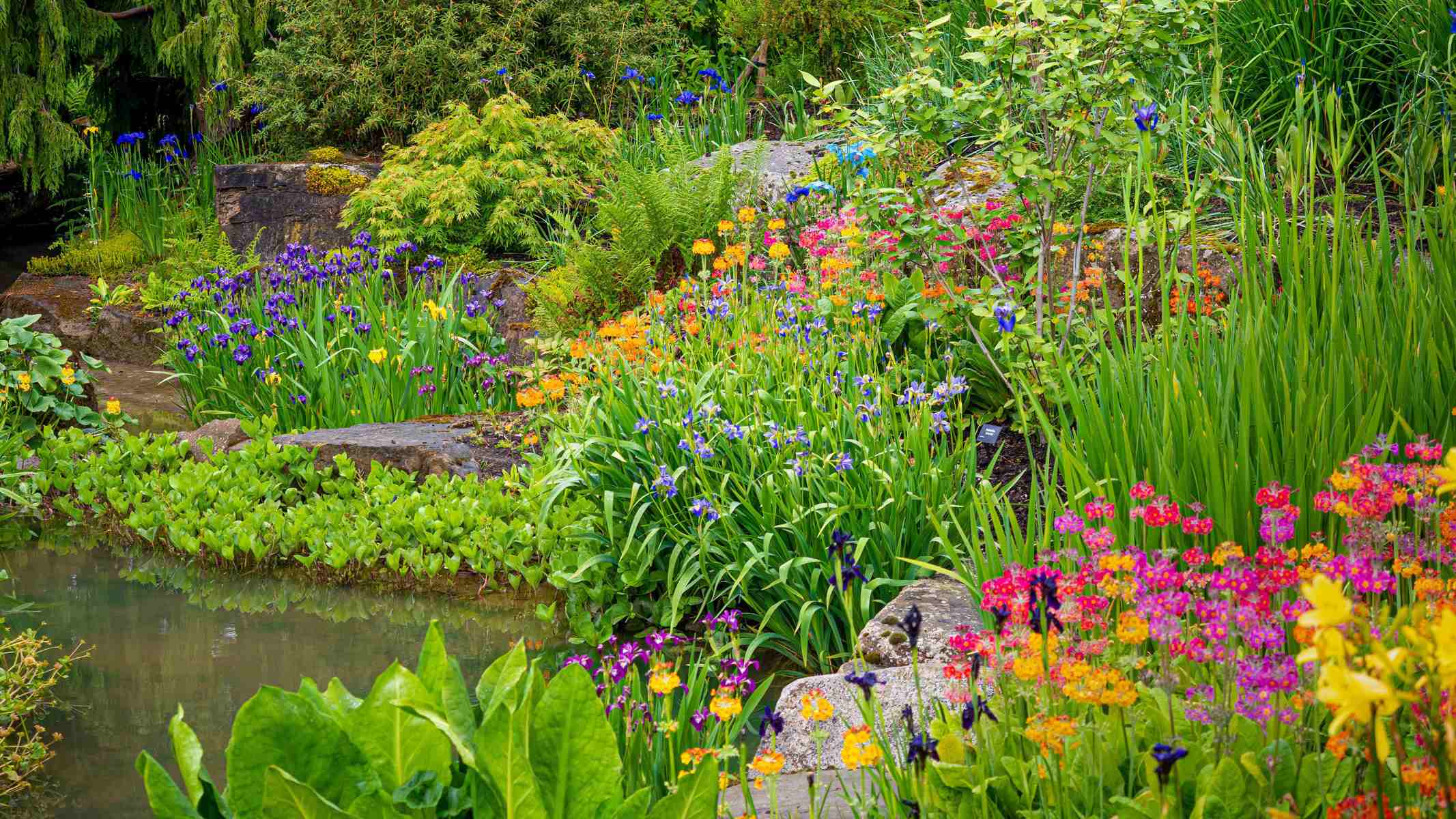
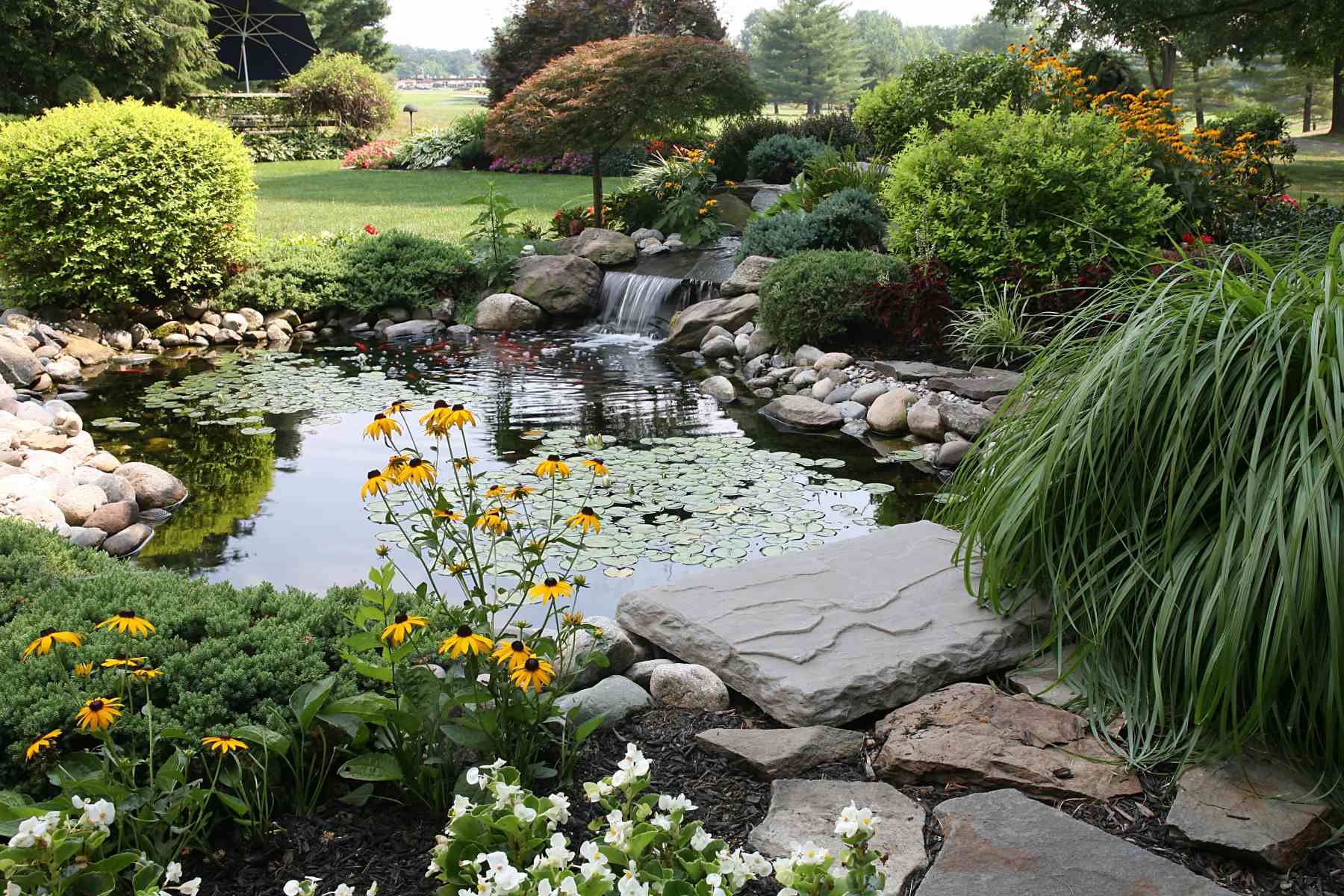
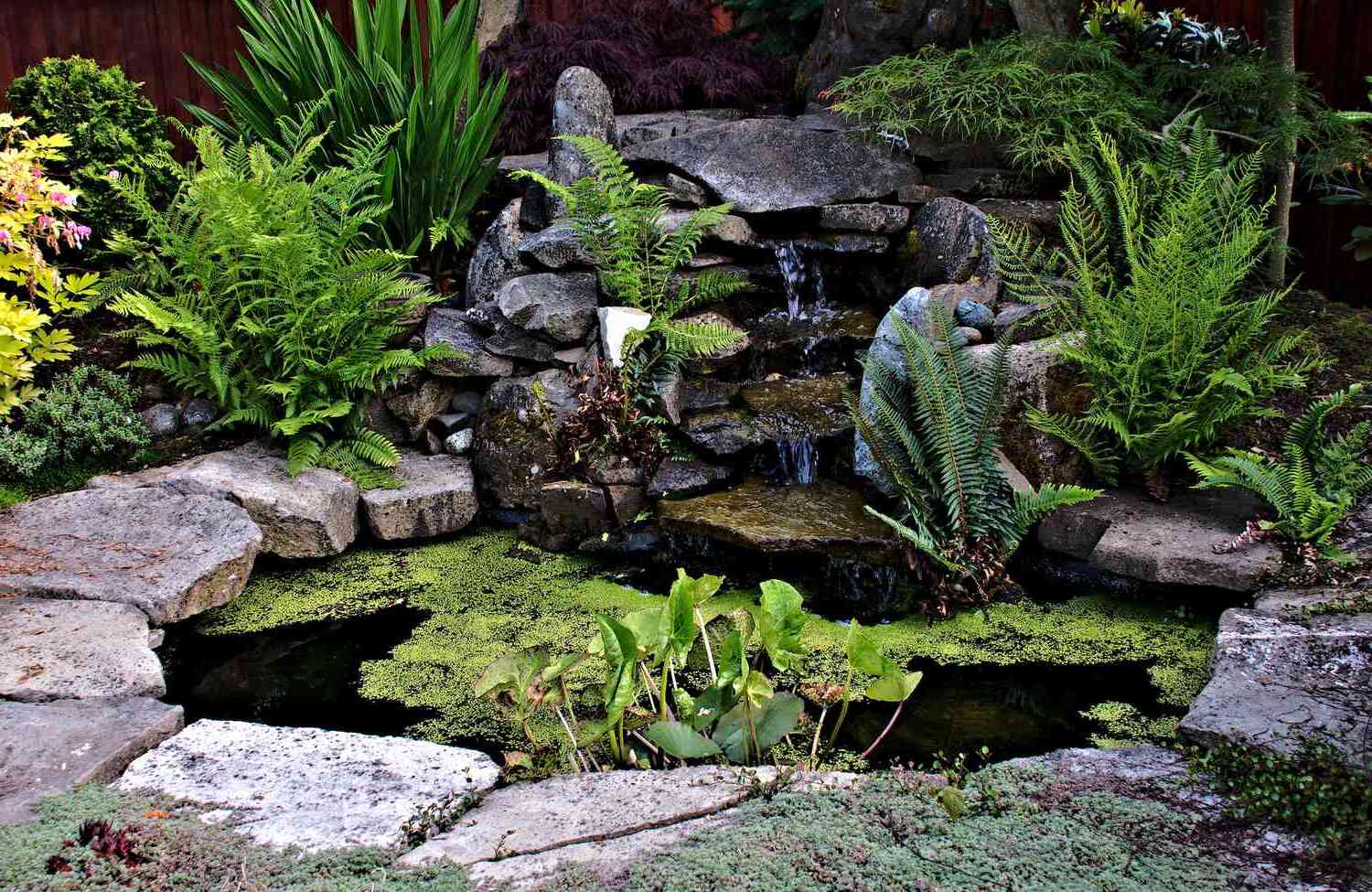
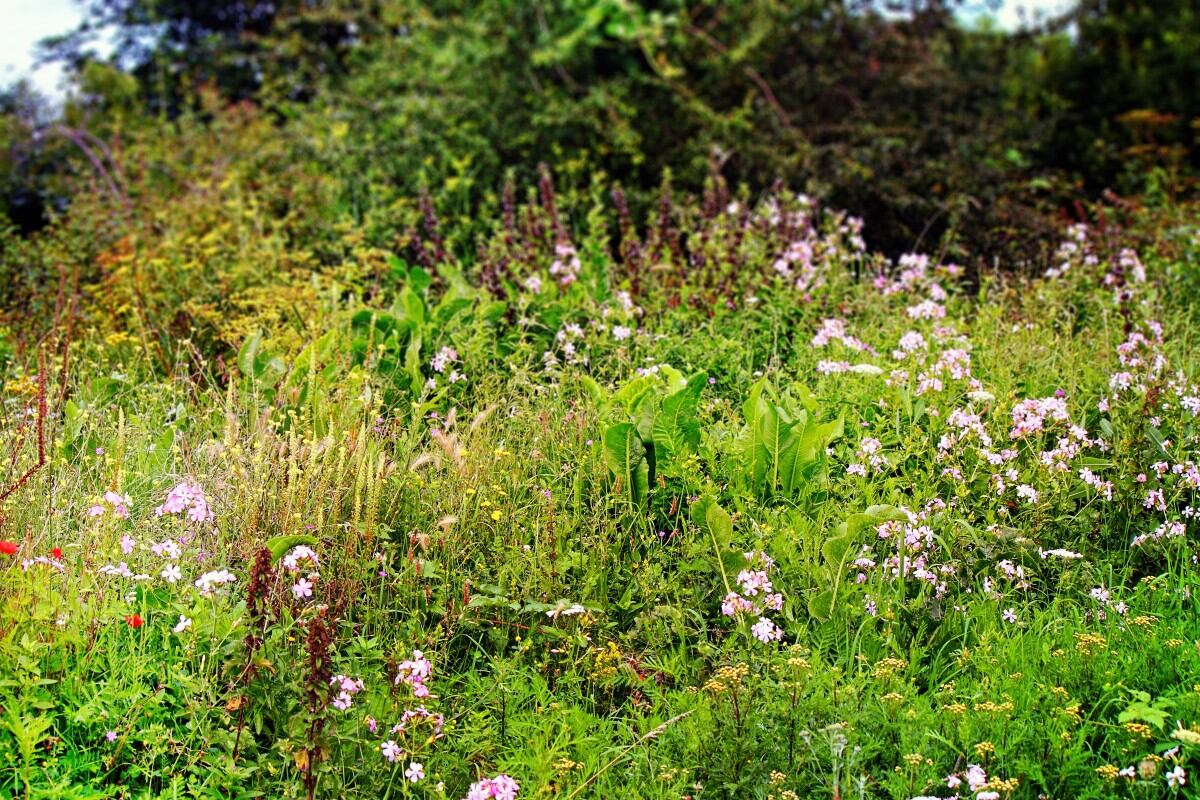
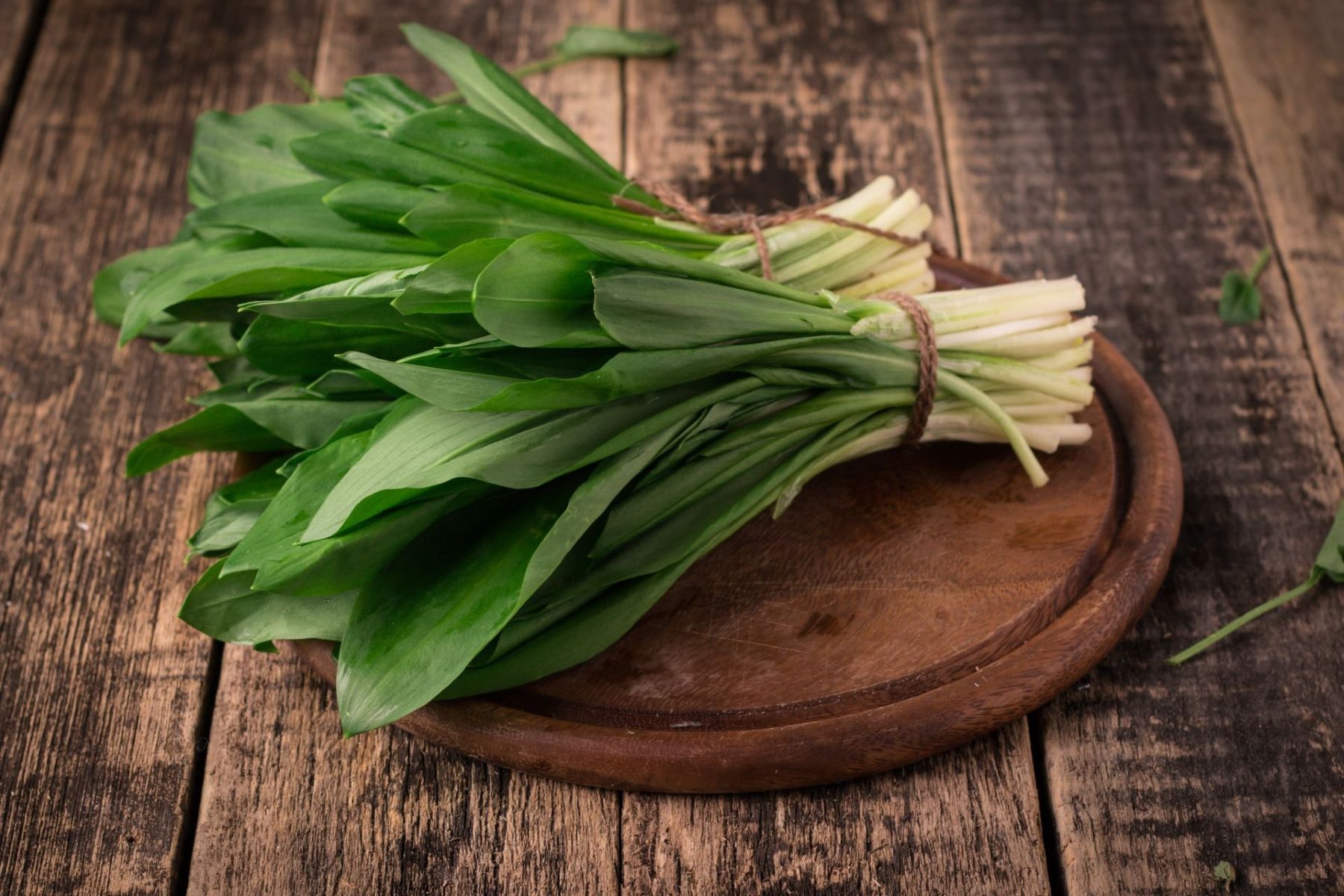

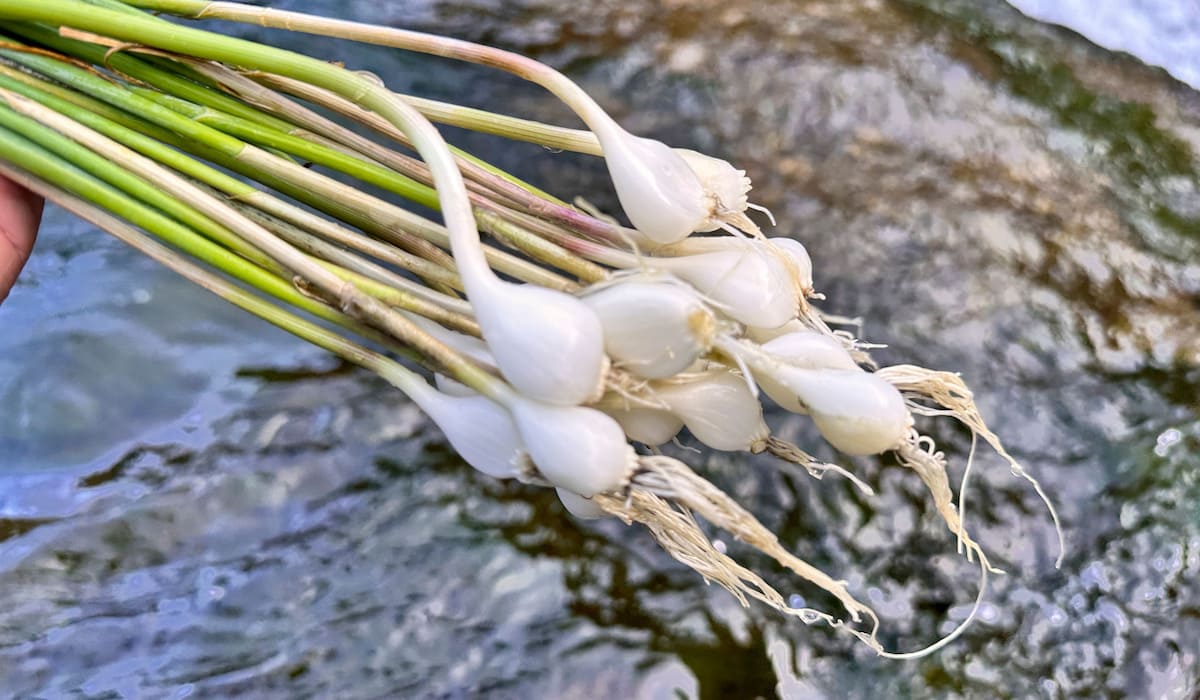

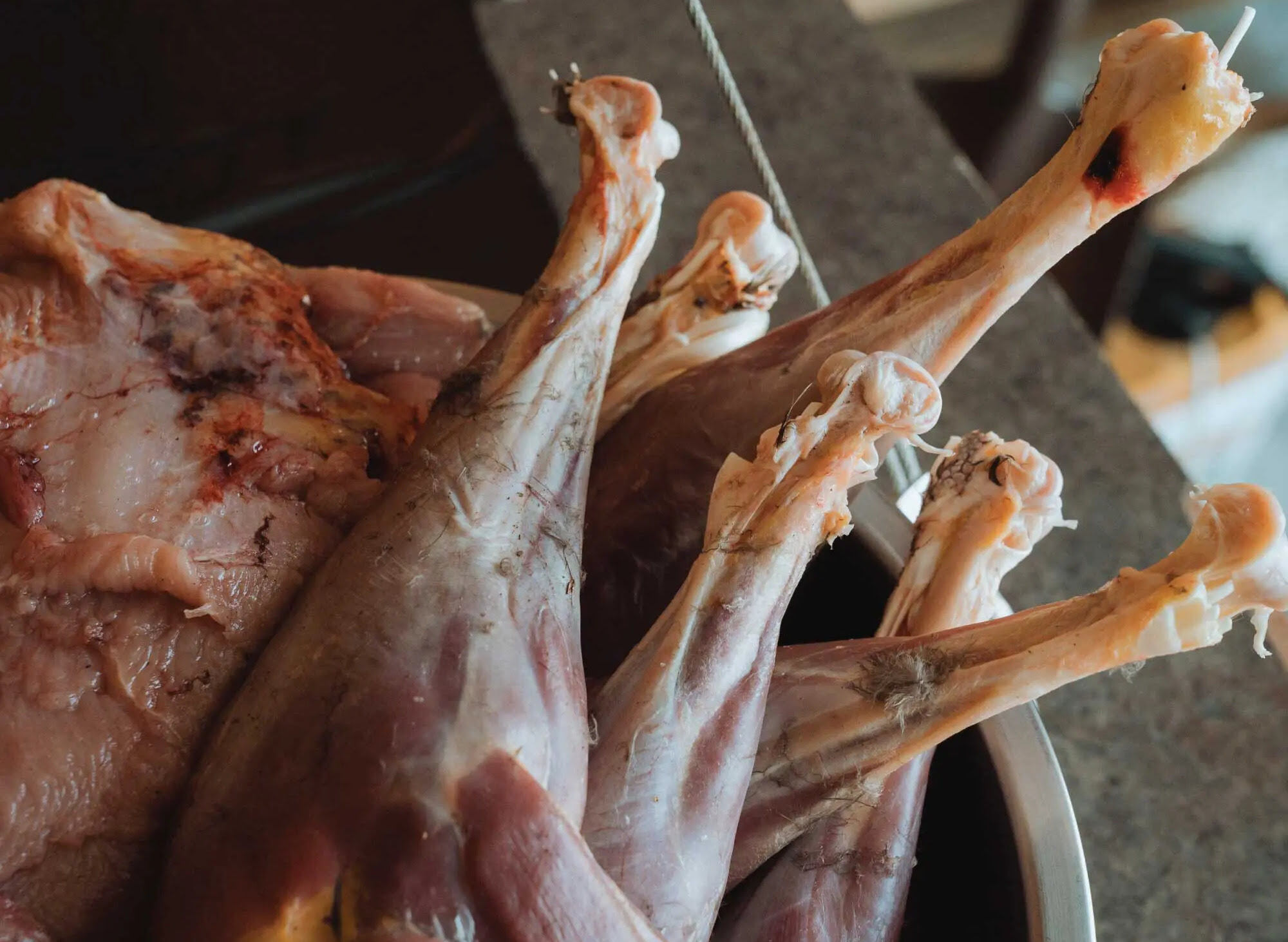






0 thoughts on “Whispers Of The Wild Backyard Wildlife Habitats”